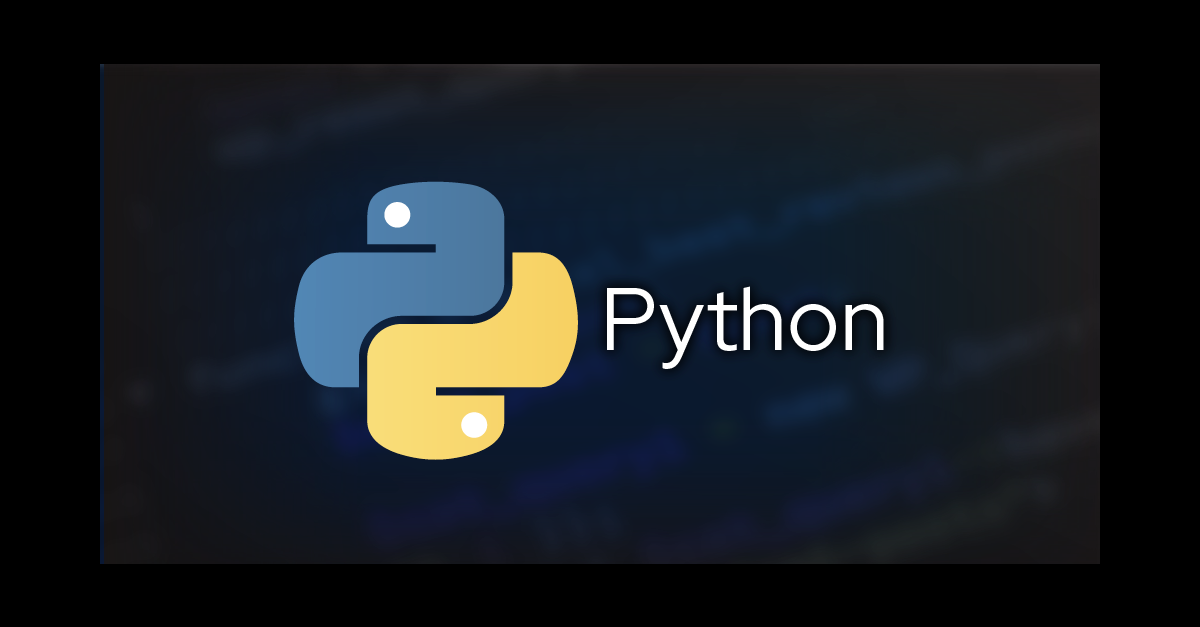更新元组
更改元组的值
元组是不可更改的,但有一种变通方法。您可以将元组转换为列表,更改列表,然后将列表转换回元组。
示例:
x = ("apple", "banana", "cherry")y = list(x)y[1] = "kiwi"x = tuple(y)print(x)
复制代码
添加项
由于元组是不可变的,没有内置的append()方法,但可以使用其他方法添加项。
转换为列表,添加项,再转换回元组:
thistuple = ("apple", "banana", "cherry")y = list(thistuple)y.append("orange")thistuple = tuple(y)
复制代码
将元组添加到元组中:
thistuple = ("apple", "banana", "cherry")y = ("orange",)thistuple += y
复制代码
删除项
元组不支持直接删除项,但可以转换为列表,删除项,再转换回元组。
thistuple = ("apple", "banana", "cherry")y = list(thistuple)y.remove("apple")thistuple = tuple(y)
复制代码
或者可以完全删除元组:
thistuple = ("apple", "banana", "cherry")del thistuple
复制代码
Python - 解包元组
解包元组
可以将元组的值提取回变量,称为解包。
示例:
fruits = ("apple", "banana", "cherry")(green, yellow, red) = fruitsprint(green)print(yellow)print(red)
复制代码
使用星号 *
如果变量的数量少于值的数量,可以在变量名后添加星号*,将剩余的值收集到一个列表中。
示例:
fruits = ("apple", "banana", "cherry", "strawberry", "raspberry")(green, yellow, *red) = fruitsprint(green)print(yellow)print(red)
复制代码
多重元组
可以使用*运算符将元组的内容复制多次。
示例:
fruits = ("apple", "banana", "cherry")mytuple = fruits * 2print(mytuple)
复制代码
遍历元组
可以使用for循环或通过索引编号来遍历元组项。
示例:
thistuple = ("apple", "banana", "cherry")for x in thistuple: print(x)
复制代码
通过索引编号遍历:
thistuple = ("apple", "banana", "cherry")for i in range(len(thistuple)): print(thistuple[i])
复制代码
使用while循环遍历:
thistuple = ("apple", "banana", "cherry")i = 0while i < len(thistuple): print(thistuple[i]) i = i + 1
复制代码
合并元组
合并两个元组
可以使用+运算符合并两个元组。
示例:
tuple1 = ("a", "b", "c")tuple2 = (1, 2, 3)tuple3 = tuple1 + tuple2print(tuple3)
复制代码
多重元组
可以使用*运算符将元组的内容复制多次。
示例:
fruits = ("apple", "banana", "cherry")mytuple = fruits * 2print(mytuple)
复制代码
元组方法
Python 提供了两个内置方法,可以在元组上使用:
最后
为了方便其他设备和平台的小伙伴观看往期文章,链接奉上:
公众号搜索Let us Coding,知乎,开源中国,CSDN,思否,掘金,InfoQ,简书,博客园,慕课,51CTO,helloworld,腾讯开发者社区,阿里开发者社区
看完如果觉得有帮助,欢迎点赞、收藏和关注












评论